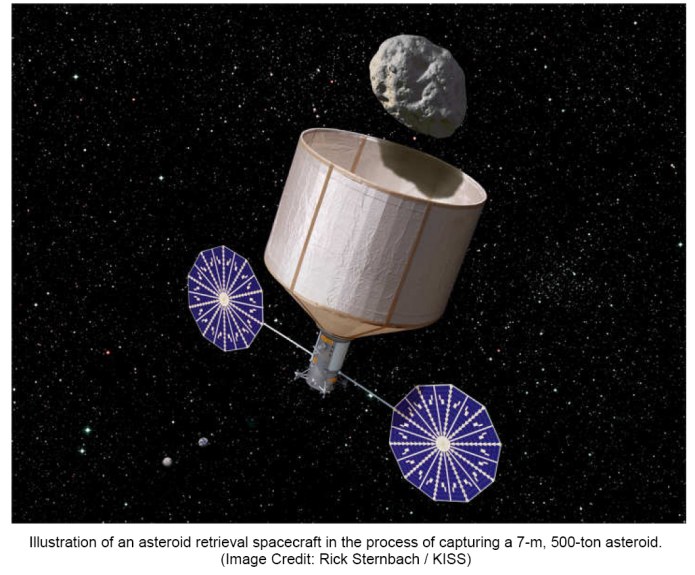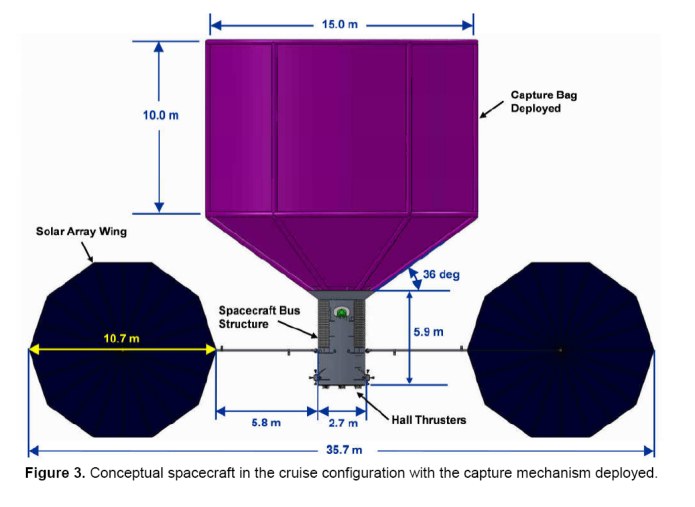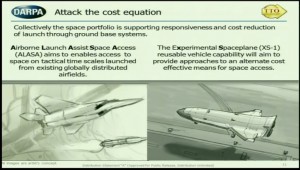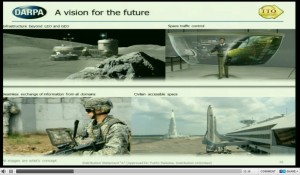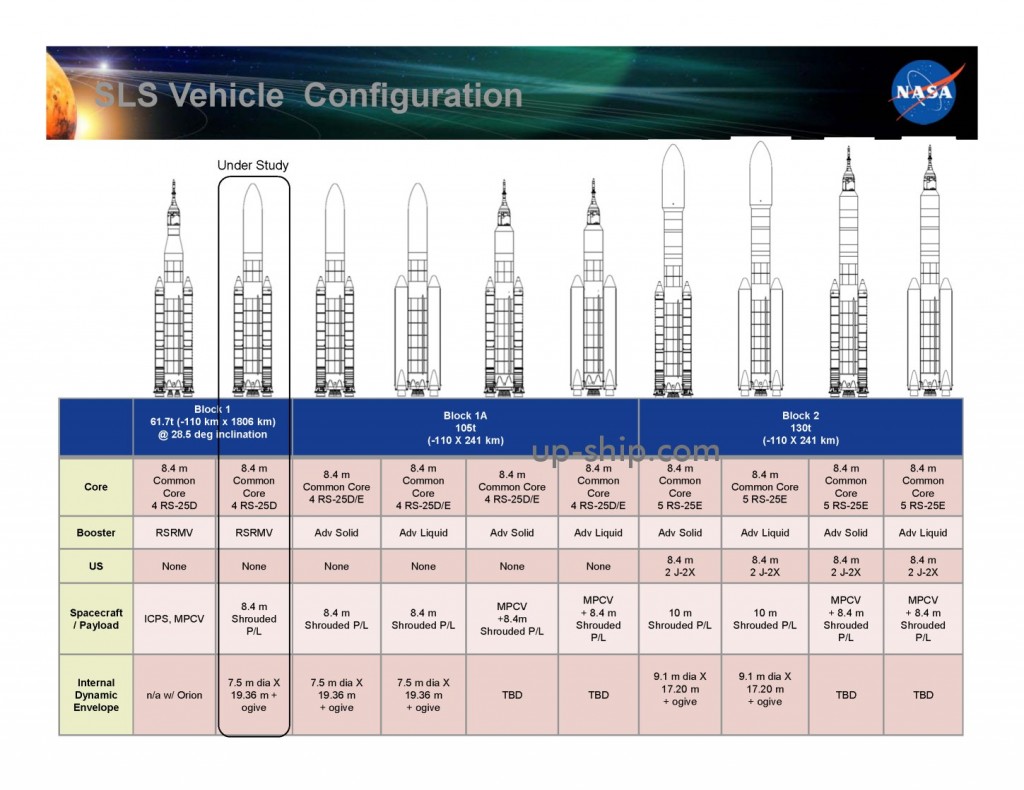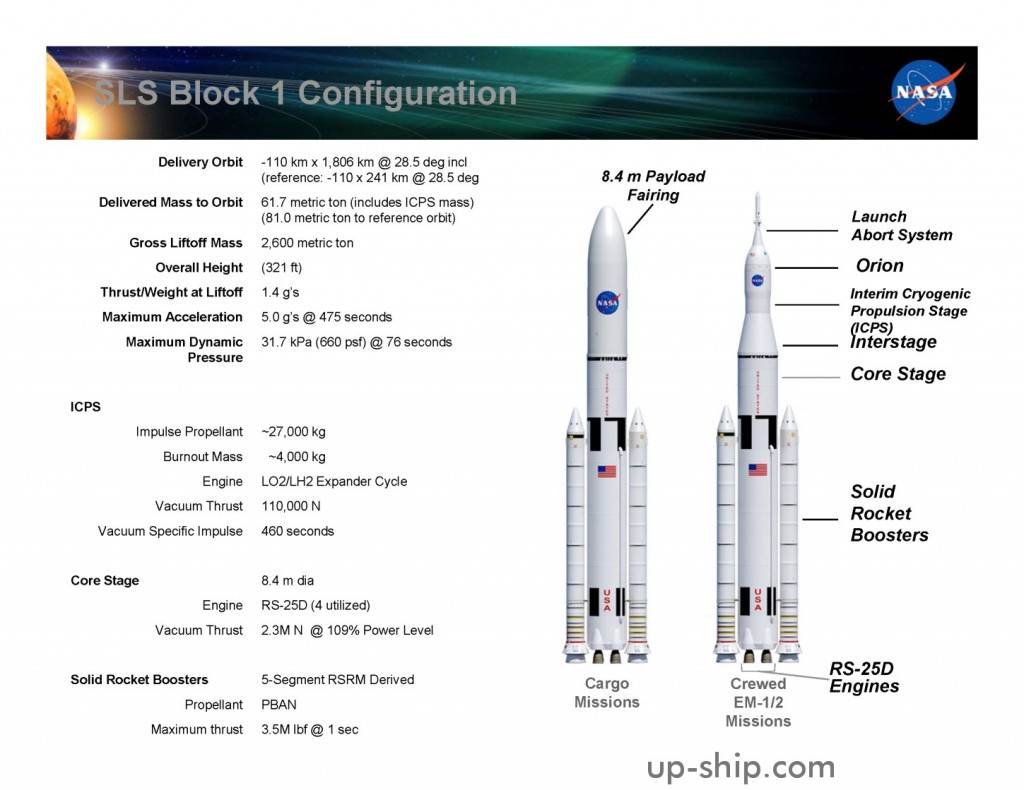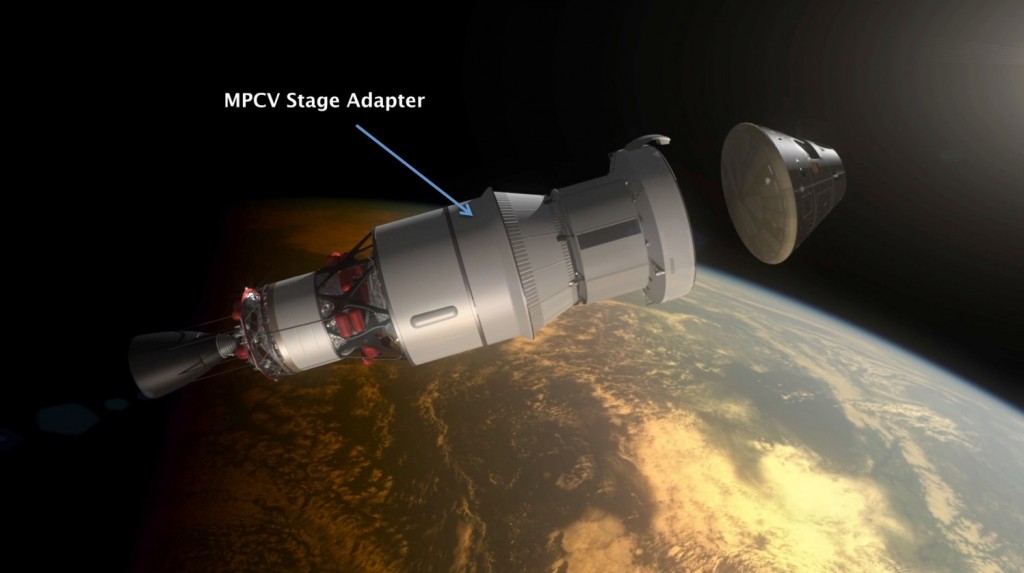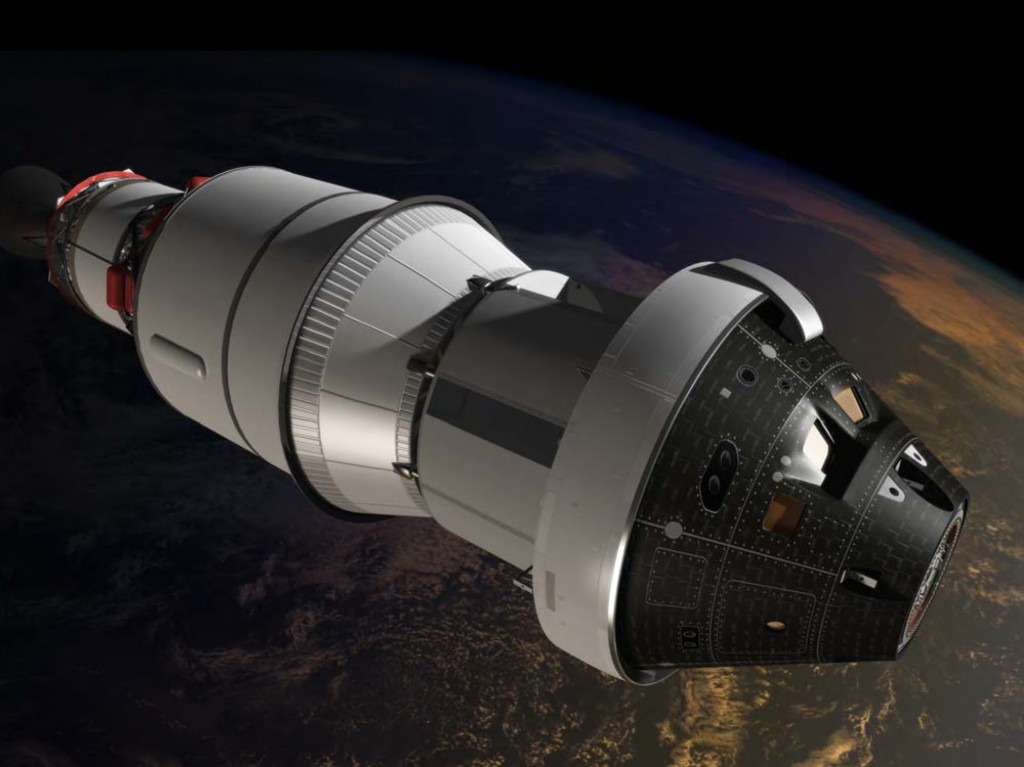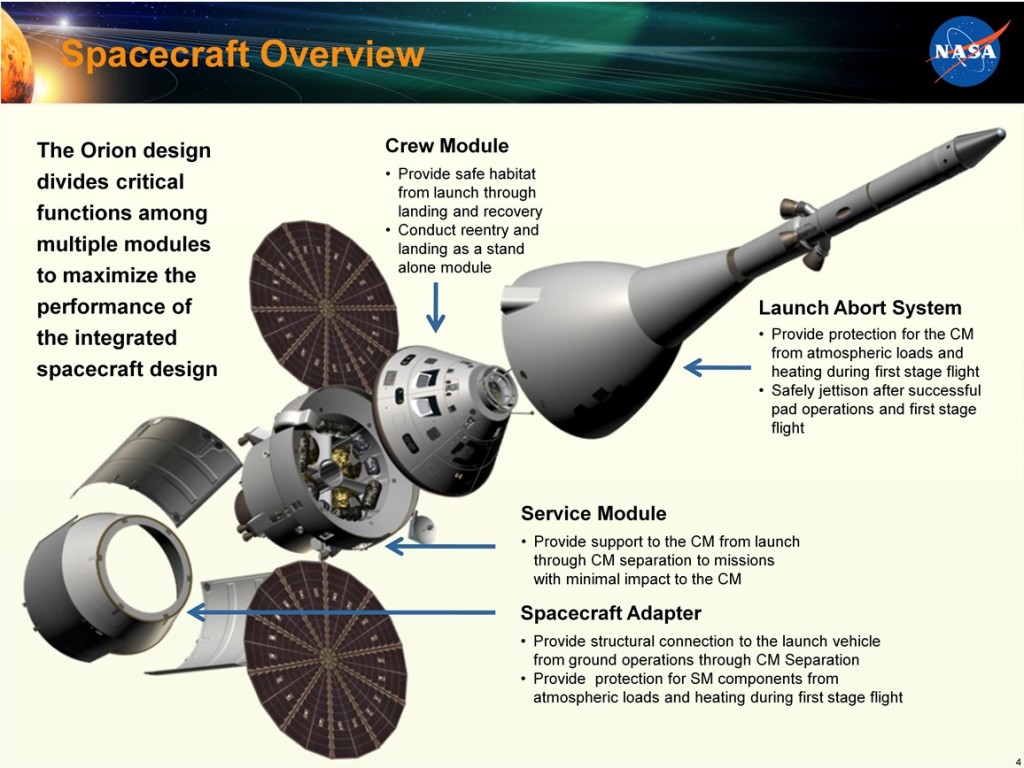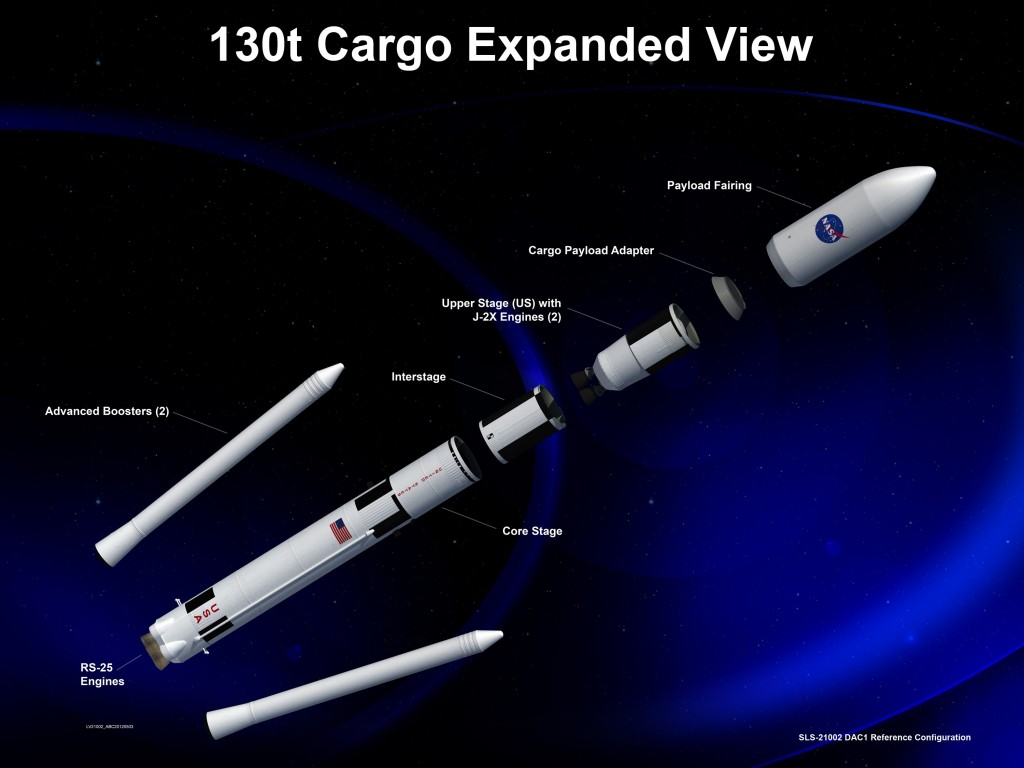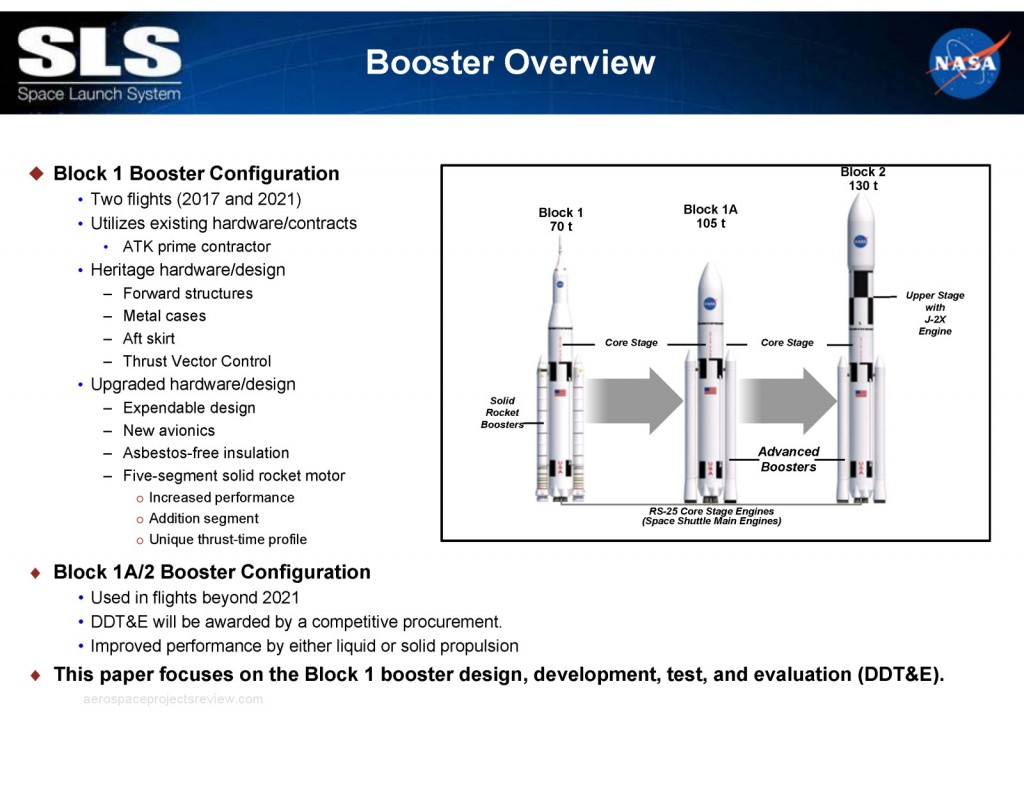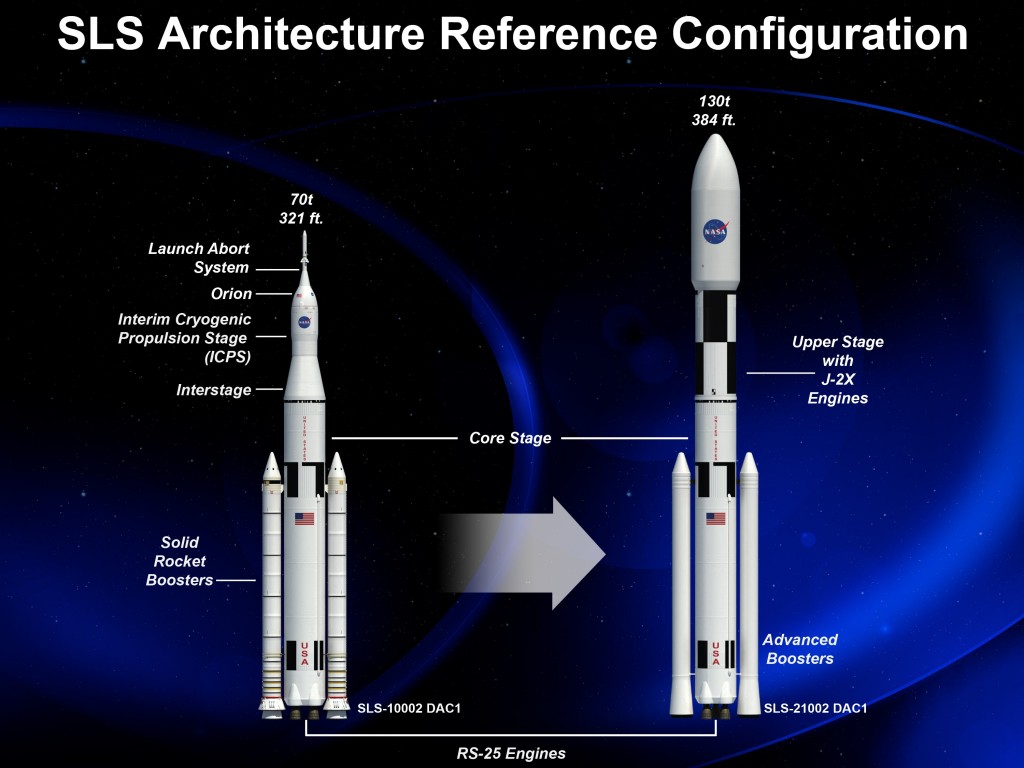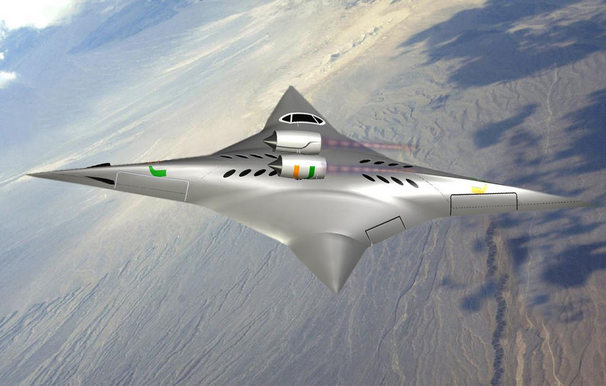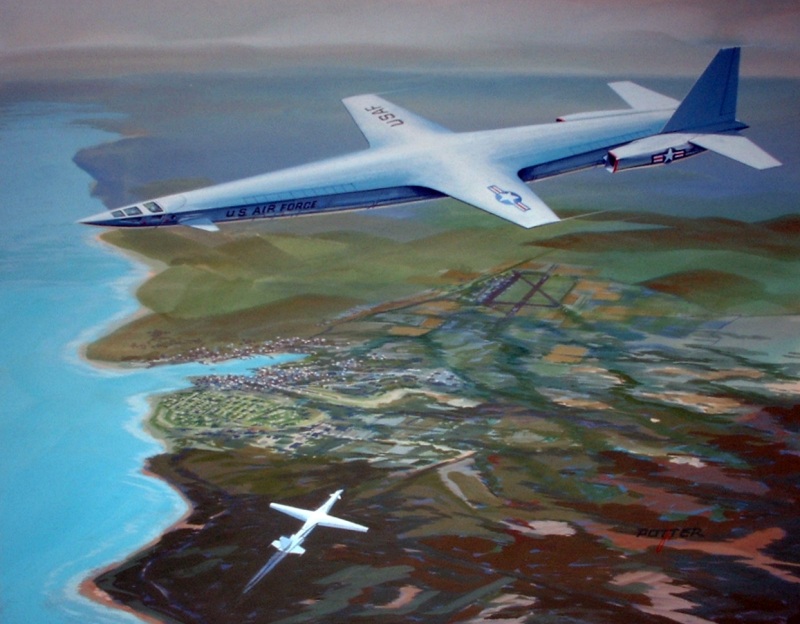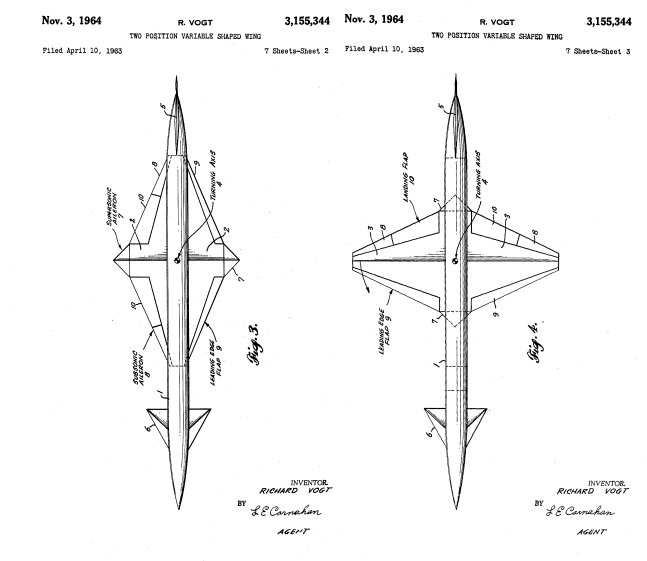An interesting study written for the Keck Institute of Space Studies (at JPL) has been published describing how to go about grabbing a near-Earth asteroid of about 7 meters diameter (250 to 1000 metric tons mass), and drag it into Lunar orbit.
The spacecraft is proposed to be an unmanned vehicle with Hall effect thrusters (a type of ion engine), using large solar panels to generate the electricity needed. The writers of the study suggest that a 500-ton asteroid could be transported to high lunar orbit by 2025. The small asteroid could then be used as a base of operations/source of raw materials for manned missions to the Moon and beyond.
The capture mechanism would be fairly simple: a large inflatable bag. The spacecraft would simply envelope the asteroid (after matching rotation), cinch in the bag, and slowly shove the rock to the Moon. Due to the exceedingly low thrust/weight that the loaded spacecraft would have, lunar orbit capture would be a complex dance.
The spacecraft would have an initial mass of 18,000 kilograms and would be launched by an Atlas V or similar booster. The 40 kilowatt solar-electric propulsion system would have an impressive Isp of 3,000 seconds, but a vanishingly low thrust (which does not seem to have been given in the study). 12 metric tons of the 18 would be xenon propellant for the thrusters.
The mission would be a very long duration one. After being delivered to low Earth orbit, 2.2 years would be required to spiral out to the moon. A gravity assist would be used to boost the craft towards the target asteroid; 1.7 years would be needed for the cruise. After rendezvous, 90 days would be needed to precisely match orbits, precisely match rotation, capture the asteroid and de-tumble. Another 2 to 6 years would be needed to transit to lunar orbit. Total: 6 to 10 years. One example mission involves launch on 4/28/2018 and return with asteroid 2008 HU4 (assumed to be 7 m diameter, 1300 tons mass) on 4/26/2026.
